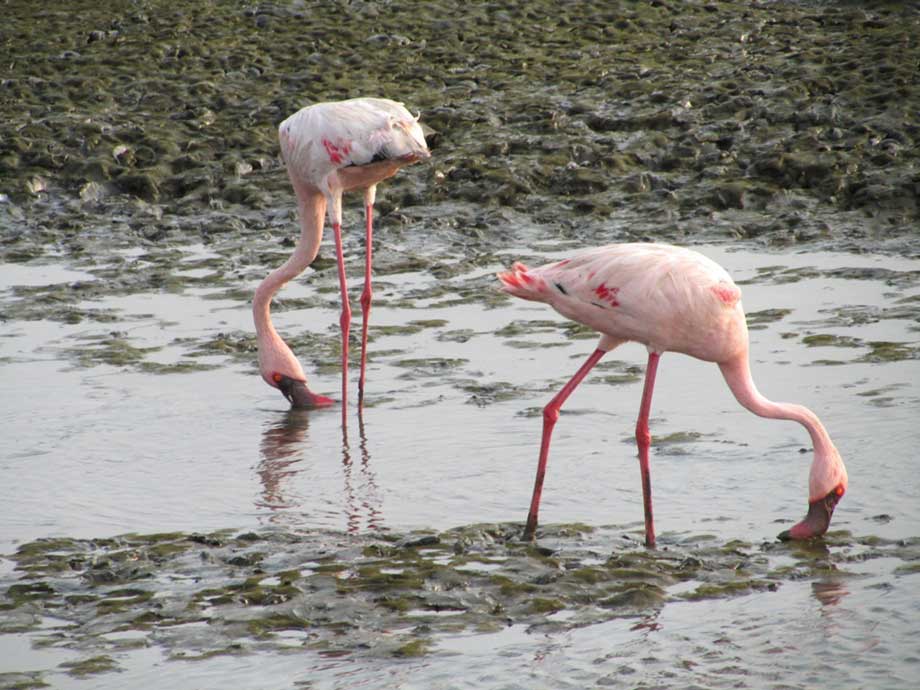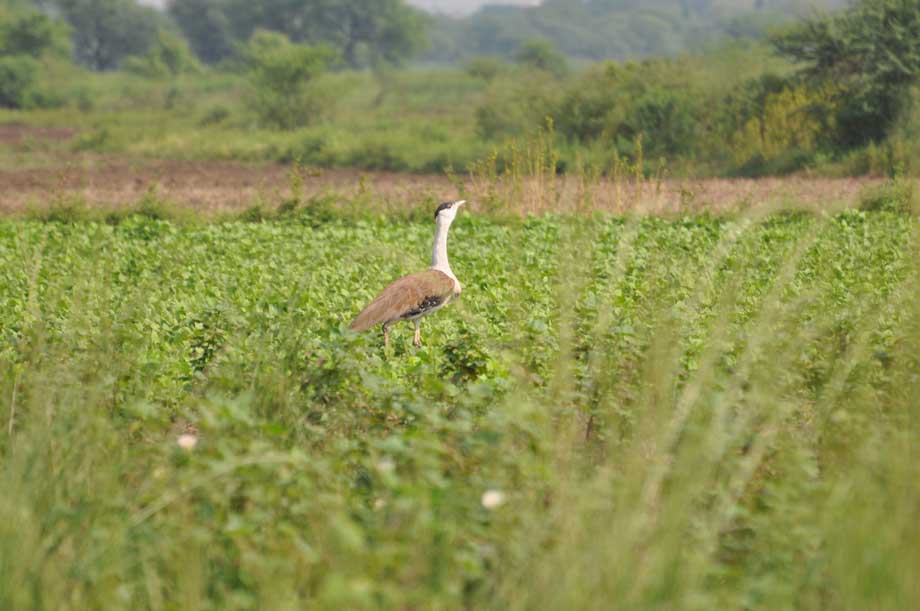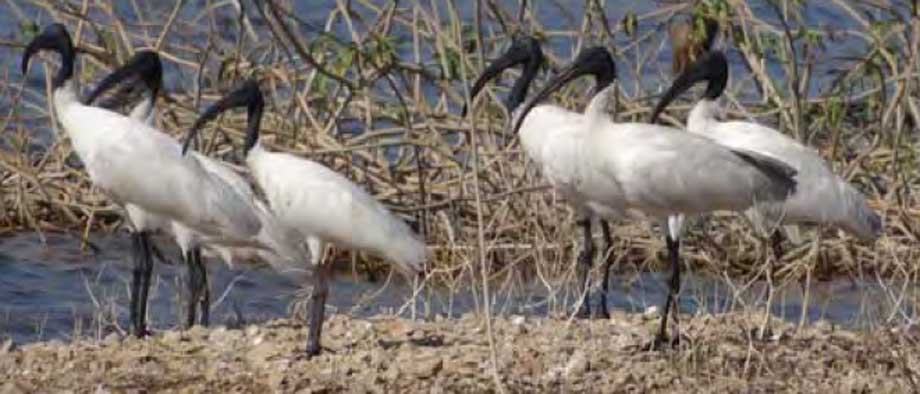15 Critically Endangered Species Of Indian Birds
By Marianne de Nazareth
27 November, 2013
Countercurrents.org

Lesser Flamingo Photo By Siddhesh Surve
With human population figures galloping to even greater heights every year, is it any wonder that fifteen bird species are critically endangered in India? Three other species face greater danger as compared to last year and will soon get added to the critically endangered list if we do not care, say researchers. Even as conservation efforts at various levels continue to show hope for the future, the latest International Union for Conservation of Nature (IUCN) Red List of Birds (2013) shows that fifteen bird species in India continue to be Critically Endangered (CR). Moreover, three other bird species now face greater danger than before. These species have been uplisted to Near Threatened (NT) and Vulnerable (VU) categories. Earlier they were better off and classified under Least Concern (LC) category. In India, organizations such as BNHS-India play a crucial role in researching and collating such information, as the BirdLife International (UK) country partner.
Critically Endangered Species
The species falling under the Critically Endangered category in India include migratory wetland species: Baer’s Pochard, Siberian Crane and Spoon-billed Sandpiper; non-migratory wetland species: White-bellied Heron; grassland species: Bengal Florican, Great Indian Bustard, Jerdon’s Courser and Sociable Lapwing; forest species: Forest Owlet and scavengers: Indian Vulture, Red-headed Vulture, White-backed Vulture and Slender-billed Vulture. Himalayan Quail and Pink-headed Duck are now considered Extinct for all practical purposes.

Great Indian Bustard Photo By Gajanan Wagh
Uplisted species
The species that have been uplisted (facing greater danger) in 2013 IUCN list are River Lapwing and River Tern, both uplisted from Least Concern to Near Threatened and Long-tailed Duck uplisted from Least Concern to Vulnerable. Destruction of wetlands and riverine habitats has been the cause of decline of these species.
Pressure on habitats
Studies by BNHS and other organizations on factors contributing the most to the decline of several bird species reveal that just like wetlands, most other habitats such as grasslands and forests also face severe threat due to the developmental pressures. Drastic loss of grassland habitat over the past decades has severely threatened species such as Great Indian Bustard, Bengal Florican and Jerdon’s Courser. Destruction of deciduous forests in central India has lead to the decline in Forest Owlet numbers. Even destruction of forests in the fragile Western Ghats and Himalaya continue to endanger the existence of many other species (see list). Other reasons include incidence of chemical components as in the case of diclofenac’s effect of vulture species.
Commenting on the state of affairs, BNHS-India Director, Dr Asad Rahmani said, “There is an urgent need to conserve the remaining habitats and species dependent on them, based on insightful scientific field research. Policies that ensure this through sustainable development should be framed and implemented urgently”.

Black-headed-Ibis/BNHS-photo
Global picture
The relentless drive for “development” without sustainable practices, has threatened the existence of birds in most other parts of the world as well. Studies by BirdLife and its partners around the world substantiate these findings. The number of bird species listed as Critically Endangered has reached an all-time high. Globally, almost 200 species of bird are now in real danger of being lost forever, reveals BirdLife study. Critically Endangered is the highest risk category of the IUCN Red List of threatened species, comprising those that are facing an extremely high risk of extinction in the wild. Birds ranging from White-winged Flufftail from sub-Saharan Africa to Yellow-breasted Bunting in southern China and South East Asia are included in the list of birds facing the most severe danger. Habitat destruction and the larger effects of climate change are among the most prominent factors responsible.
Nevertheless, some good news does exist globally such as the improved condition of Black-browed and Black-footed Albatross and Rodrigues Fody and Rodrigues Warbler, due to sustained conservation efforts.
(Marianne de Nazareth is a freelance Science and Environment Journalist and adjunct faculty, St. Joseph’s PG College of Mass Media, and a registered PhD scholar)
Comments are moderated
